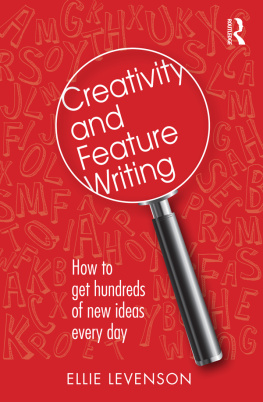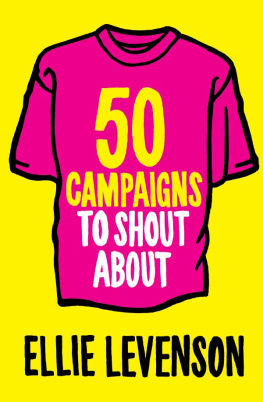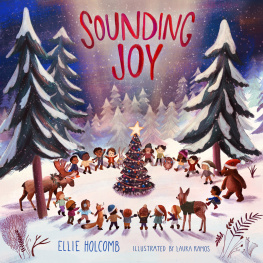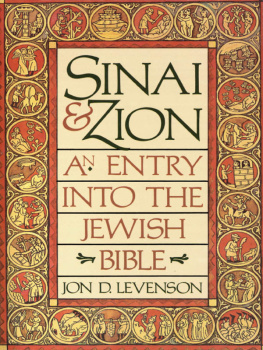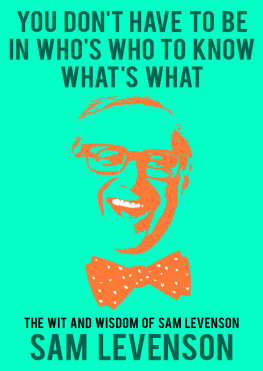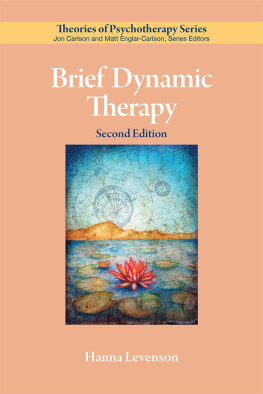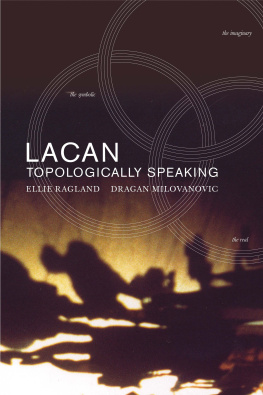Creativity and Feature Writing
Creativity and Feature Writing explores how to generate ideas in feature writing. Using clear explanations, examples and exercises, experienced feature writer and teacher Ellie Levenson details how feature writers and journalists can generate ideas and how to turn these into published, paid-for articles.
A variety of approaches to idea generation are explored, including getting feature ideas from:
- objects, your own life and the lives of others;
- the news and non-news articles, including the internet, books, leaflets and any other printed matter;
- press releases, direct contact with charities and press officers;
- new people, new places and new experiences.
The book draws on a range of tips from practising journalists and editors and displays case studies of example features to chart ideas from conception to publication.
Ellie Levenson is a freelance journalist and lecturer in journalism at Goldsmiths College, University of London. As a freelance journalist, her work has appeared in many publications including the Guardian, Independent, The Times, Financial Times, Daily Express, Cosmopolitan, Easy Living, Times Educational Supplement, Local Government Chronicle and New Statesman. She also runs journalism courses for www.journalism.co.uk and for think tanks, businesses and other organisations.
She is the author of two non-fiction books, The Noughtie Girls Guide to Feminism (2009) and Fifty Campaigns to Shout About (2011), as well as two books for children.
First published 2015
by Routledge
2 Park Square, Milton Park, Abingdon, Oxon OX14 4RN
Simultaneously published in the USA and Canada
by Routledge
711 Third Avenue, New York, NY 10017
Routledge is an imprint of the Taylor & Francis Group, an informa business
2015 Ellie Levenson
The right of Ellie Levenson to be identified as author of this work has been asserted by her in accordance with sections 77 and 78 of the Copyright, Designs and Patents Act 1988.
All rights reserved. No part of this book may be reprinted or reproduced or utilised in any form or by any electronic, mechanical, or other means, now known or hereafter invented, including photocopying and recording, or in any information storage or retrieval system, without permission in writing from the publishers.
Trademark notice: Product or corporate names may be trademarks or registered trademarks, and are used only for identification and explanation without intent to infringe.
British Library Cataloguing in Publication Data
A catalogue record for this book is available from the British Library
Library of Congress Cataloging in Publication Data
Levenson, Ellie.
Creativity and feature writing: how to get hundreds of new ideas every day /
Ellie Levenson.
pages cm
1. Feature writingHandbooks, manuals, etc. 2. JournalismAuthorship
Handbooks, manuals, etc. I. Title.
PN4784.F37L48 2015
070.44dc23
2014047672
ISBN: 978-1-138-79963-9 (hbk)
ISBN: 978-1-138-79966-0 (pbk)
ISBN: 978-1-315-75596-0 (ebk)
Typeset in Sabon
by Book Now Ltd, London
With thanks to Richard, who is a supportive husband.
Contents
Many people have helped with the writing of this book. Many of my journalism lecturer colleagues at Goldsmiths, and other institutions, have given invaluable advice and support, and I am also hugely thankful to everyone who has given their stories and tips for use throughout this book. Thanks, too, to everyone who has given me a feature idea, whether deliberately or unwittingly, and to the entire team at Routledge.
Whatever stage you have reached in your journalistic career, be it a seasoned editor or an as-yet unpublished freelancer, or anywhere in between, this book should refresh the ideas side of your brain. It looks at several ways to get ideas for features, suggesting methods of thinking about subjects and asking questions, so that your brain starts to generate hundreds of new ideas every day, and then guides you to think about whether these ideas are viable as features (many wont be and that is okay) and how to work out who your audience will be and then pitch your idea. Also covered is a look at the types of feature there are and the popular components of features, for those with feature-writing block or wishing to jog their memories regarding the different ways of writing features.
What this book doesnt do is teach you to write. It assumes that you can put a sentence together and understand how to use basic grammar, and that you have some sense of what kind of writing works journalistically.
But, if you are a feature writer wanting to expand your ideas repertoire, an editor wanting to refresh the ideas you are commissioning, a blogger wanting to generate regular content or any other kind of writer or editor in need of ideas, then this book can help.
Each chapter in then looks at what to do once you have your idea, from finding a hook to researching experts, pitching your idea to editors and writing the article. Finally, the Appendix offers 100 prompts to kickstart your idea generation process.
What a privilege! In what other career can you contact a world expert in a subject, introduce yourself for the first time and have a reasonable expectation that they will tell you everything you need to know about their subject in language that you can understand?
Being a feature writer is a brilliant job. At its best, you develop an interest in something and it itches away at your brain until you decide to scratch that itch by finding out everything you wanted to know about that subject. You then get to digest the information, challenge it, think about it and write it down for other people to then be impressed by your expertise. And you can do this about absolutely anything you are interested in. Wow.
Even at its worst, short deadlines, low pay rates and commissions to write about things you dont really care about, a good feature writer should find points of interest. In fact, it is your job to find points of interest.
If you are the kind of person who can dismiss an entire subject as boring, with no interesting aspects whatsoever, feature writing may not be for you.
But, if you can find interest in everything, even things that dont necessarily excite you in your own life, then read on. For example, golf may not be your favourite subject. As a sport you may find it incredibly dull. Maybe you cant name a single professional golfer currently on the circuit. But, if you could conceivably find interesting how many miles someone walks playing the average round of golf, or why so many business deals take place on the golf course, or who designs the shape of the bunkers, or the probability of getting a hole in one, or links between golf and diplomacy, or where the factory that manufactures the majority of the worlds golf balls is, then you have it in you to be a feature writer.
And if you already find golf fascinating but you cant think of anything duller than shopping for womens shoes, you should still be able to find interesting the condition of the workers who make the shoes or the animals who become the leather and glue, or how the shoes that people wear can influence how they are perceived in the workplace, or the links between footwear development and sporting records, or the physical disabilities caused by ill-fitting shoes and the cost to the nation of treating these.

